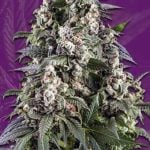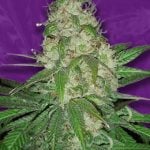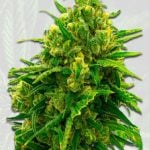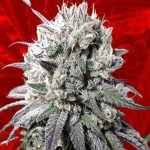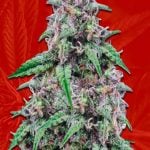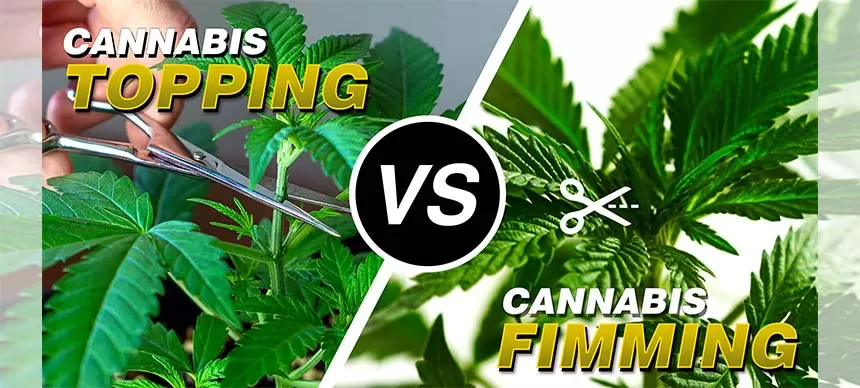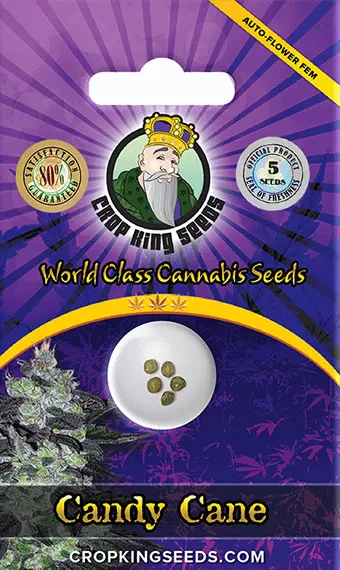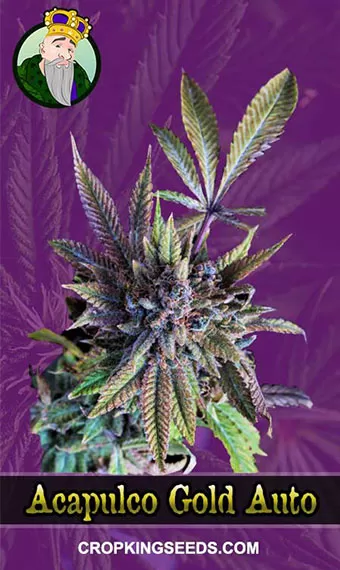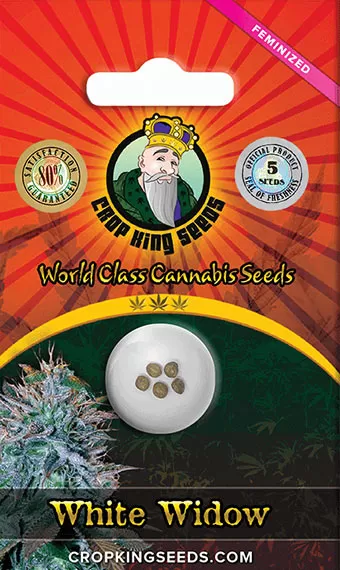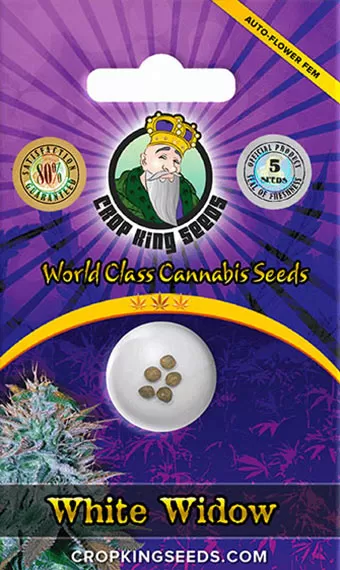Table of Contents
ToggleDo you want to master cannabis cultivation? Well, buckle up because knowing the right techniques is the key to scoring maximum yields. This guide will introduce you to two heavy-hitters when it come to cannabis – Cannabis Topping vs Fimming. We’re not here to confuse you; we’re here to spill the beans on Topping vs Fimming and help you make the right decisions. We’ll walk you through the ins and outs of Topping and Fimming weed plants, making sure you’re armed with the knowledge to cultivate confidently and rake in those abundant harvests.
What is Topping Cannabis?
When to Top Cannabis
Topping, a cornerstone high-stress training (HST) technique, involves pruning the main stem’s apical tip, redirecting growth patterns, and fostering increased bud development. Understanding the opportune moment to top your cannabis plants is crucial. The ideal stage is after the plants have reached 3–5 nodes, typically around 30 days into the vegetative phase. Varieties may exhibit differing growth rates, so attentiveness to individual plant development is imperative.
How to Top Cannabis
The process of topping demands precision and care. Using sterile scissors, make a clean cut to the tip of the main stem, ensuring a 0.2-inch space above the lateral branches. This meticulous approach stimulates the growth of two new main colas, altering the plant’s natural structure for improved light penetration. This transformative technique, favored by both professional and home growers, facilitates better control of the cannabis canopy, particularly advantageous for indoor cultivation where vertical space is often at a premium.
Equipment for Topping Cannabis
Executing topping successfully requires the right tools. While office or kitchen scissors suffice, utilizing specialized instruments like Curved Trimming Scissors enhances accuracy. These curved scissors are designed for precise pruning within canopies, ensuring clean cuts that minimize stress on the plant. Investing in quality equipment contributes to the overall success of the topping process, promoting healthier and more robust plant growth.
What is Fimming Cannabis?
When to Fim Cannabis
Fimming plants, a variation of topping, shares the objective of increasing main colas but introduces a unique twist. It is particularly recommended for micro-growers managing fewer plants. To optimize the benefits of Fimming, wait until your cannabis plant has developed 3–5 nodes during the vegetative phase. Performing this procedure too early can shock the plant, potentially stunting its growth.
How to Fim Marijuana
Fimming involves the intentional removal of approximately 75% of the plant’s apical tip. Despite fim plant seemingly unconventional name, “FIM” standing for “f*ck I missed,” the technique is straightforward and effective. Gently elongate the tip of the plant and use clean scissors to snip off the majority of the top growth. This results in the emergence of four or more top colas, offering cultivators increased flexibility in shaping their cannabis plants.
Limitations of Topping and Fimming
While Topping and Fimming are proven strategies for enhancing yields, it’s essential to acknowledge their limitations. One notable drawback is the extension of the vegetative growth stage, which can range from 4-6 weeks after implementing these techniques. This elongated phase requires careful consideration, especially for growers with specific timelines or space constraints. Additionally, the potential top-heaviness of cannabis plants post-topping may necessitate additional support, such as staking with bamboo, to prevent structural issues.
Pruning and Training for Maximum Yield
Lollipopping
For cultivators aiming for the heaviest harvest, the integration of additional techniques is paramount. Lollipopping, a practice of selectively removing lower bud sites during week 3 of flowering, directs the plant’s energy towards developing larger, high-quality buds. This technique is preferred by many growers seeking to optimize the overall yield of their cannabis plants. Pinching off lower growth, especially beneath a Screen of Green (ScrOG), not only enhances bud quality but also improves airflow, a crucial factor in preventing mold and mildew.
ScrOGging
Elevating cannabis cultivation to its pinnacle, the Screen of Green (ScrOG) technique is a mesh screen deployed across the grow space, finely tuning the entire operation for maximum production. The intricate process involves bending and folding shoots to fill as many grid squares as possible, starting in the vegetative stage and continuing into early bloom. ScrOGging synergizes with Topping and Fimming, further maximizing the number of top colas and ensuring a bountiful harvest.
FAQs
1. Can I top my cannabis plants during the flowering stage?
Topping is most effective during the vegetative phase. Attempting to top plants during flowering can cause damage and negatively impact the overall health of the plants.
2. Is Fimming suitable for all cannabis varieties?
While Fimming can be applied to various cannabis strains, its effectiveness may vary. Some strains may respond more favorably to traditional topping, so experimentation is key.
3. How soon after topping can I expect to see results?
The effects of topping become noticeable in the subsequent growth cycles. Usually, within a couple of weeks, the emergence of new colas and altered plant structure becomes apparent.
4. Do I need special equipment for lollipopping?
Lollipopping can be done with basic tools, but having quality pruning shears ensures cleaner cuts and reduces the risk of stress on the plants.
5. Can ScrOGging be combined with other training techniques?
Yes, ScrOGging complements other techniques like Topping and Fimming. The synergistic effect enhances overall yield by maximizing light exposure and optimizing space utilization.





